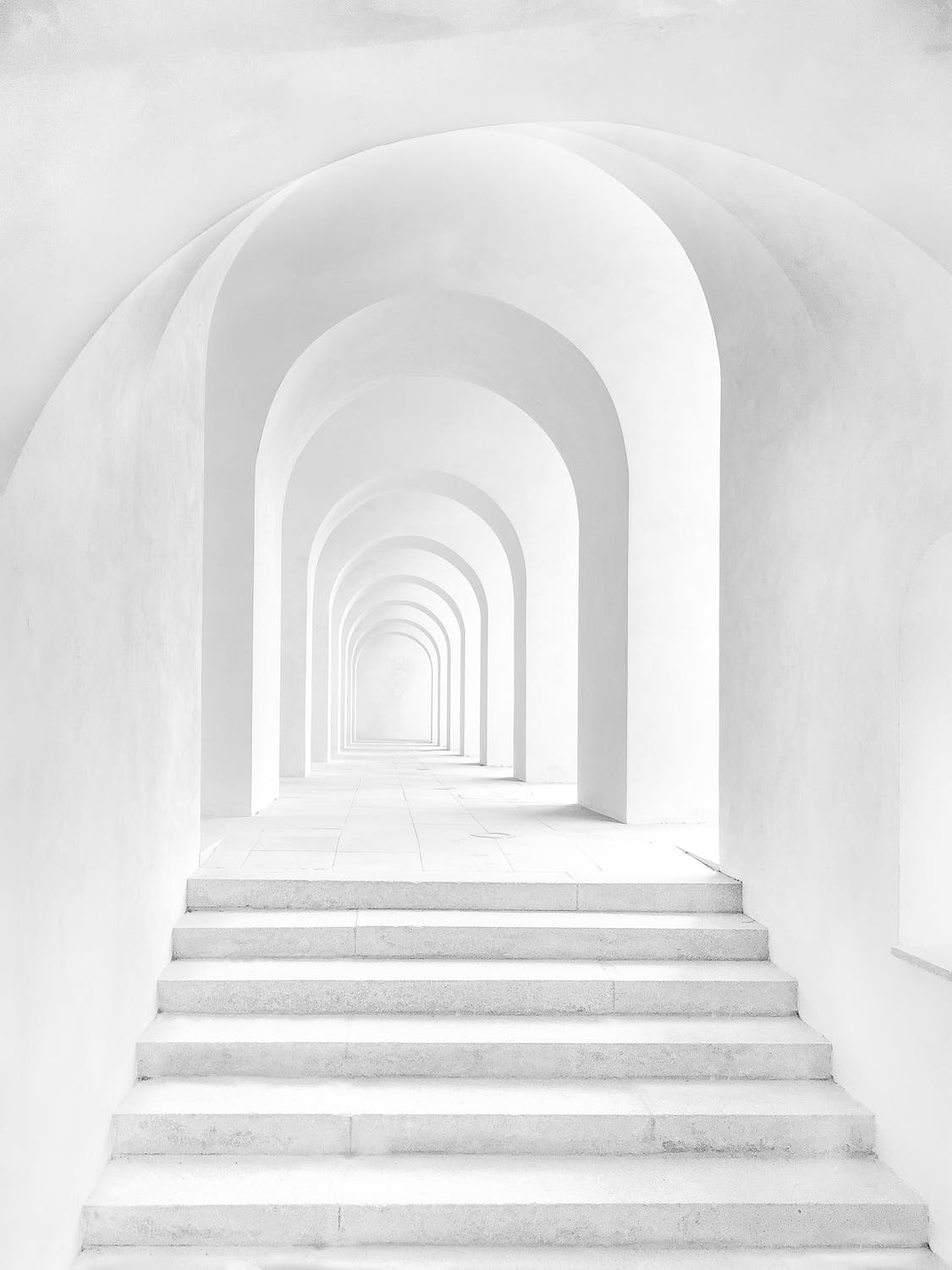Homeowners and contractors choose to do rendering for various reasons, but the most important is to protect the exterior walls of your house from the elements. However, you can render your walls if you want to blend new parts of a building to an existing or to improve your home curb appeal. Most rendering professionals will finish with a coat of paint to protect the render layer from cracking or damp penetrating.
Are you planning on rendering your surface and you don’t know where to begin? Rendering will improve the walls of your home by creating decorative designs and proper finishes on your surface. Here are some great tips to help you decide on the best type of plastering for your project. There are six types of render you can choose from: lime render, cement render, polymer-modified render, acrylic render, clay render, silicone, and mineral render.
Types Of Rendering And Their Advantages
Lime render – Lime render was traditionally used to coat poor quality rubble, stone, and porous brick walls in exposed locations. This type of rendering continues to be used today for the undercoat and the finished surface. Lime plaster is used more on older stone buildings. Unlike clay plaster, lime plaster is durable and resistant to extreme weather. Lime render consists of one part lime and three parts sand. Some of the significant benefits of lime include;
-
Better acoustics – provides a decorative and beautiful wall finish
-
Though it takes a longer time to apply, it is easy to repair and gives you more room to maneuver.
-
The porous nature of lime helps the stability of your building by absorbing and releasing moisture. When moisture gets stuck inside walls, it may weaken the structure of the building.
-
The high water retention properties in lime help the cement material in your building to cure quickly.
Cement render – This type of render is also known as concrete render. A standard ratio for mixing this render is; 6 parts sand, 1part cement, and 1 part lime.
-
It is readily available and is most common among builders.
-
Though it is cheaper than most rendering materials, it takes a long time to dry, and it can easily crack if not applied correctly.
-
Can be applied over a broader range of substrates
Polymer-modified render – it is a cement-based render that has polymers added to it. Polymer-modified render is purchased premade and is more costly compared to cement render.
-
Unlike cement render, the polymer-modified render doesn’t crack easily due to the polymers.
-
This type of render sticks better on walls and is used on more surfaces.
-
It ‘s lightweight makes it ideal for use on insulation.
-
It is easy to mix and to apply.
Acrylic render – This type of render had acrylic plastic added to it.
-
Acrylic render is harder to crack compared to cement render.
- Acrylic render is also highly resistant to algae and fungi, which can cause damage to walls over time.
- The durability of acrylic render is superior to that of cement render; it lasts for up to 15 years or more with minimal maintenance, as per Australia based renderers Sydney Rendering Pros.
- While it may be more expensive upfront, it will save you money in the long run as it is extremely durable and easy to maintain.
-
It dries faster and offers a smooth and silky finish.
-
It is attractive and can produce a wide range of finishes such as; concrete finish, silky finish, or smooth finish.
-
Acrylic rendering quickly fills up cracks.
-
Acrylic can hold onto various surfaces, including concrete, painted walls, fiber, cement, and more.
-
It permits the material underneath to “breathe,” which helps the wall remain drier and safer.
Clay /Earthen render –contains ordinary clay and water, but animal dung and sand can be added to it.
-
Allows the wall to “breath.”
-
Protects the structure from the elements
-
Gives the structure a smooth finish
-
Clay rendered walls are dirt repellent
-
It is easy to apply
-
Clay render can be used in workshops as training to gain skill in render application
Silicone and mineral render – is a one-application thin coat render.
-
It is the easiest render to apply
-
Silicone render is hydrophobic which helps the surface remain clean
-
It is less likely to crack
-
Silicone render is highly durable
-
Silicone renders water vapor to permit the surface of the silicon.
-
It helps minimize condensation formation within the building; condensation can cause parts of the building to rot and collapse.
Conclusion
Winds, rain, and sunlight can cause the quality of the exterior of your wall to deteriorate. Weathering is the biggest threat to long lasting construction. Rendering helps improve the durability of your walls. It also adds beauty and increases your home curb appeal. Adding render to your walls makes them more reliable and more durable. A house with rendered walls saves on energy costs since your house’s climate can easily be contained.

